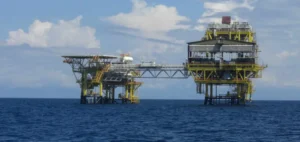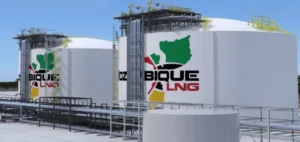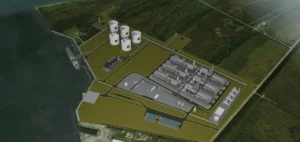With much of the central and western U.S. enjoying a break from extreme heat, short-term forecasts predict that the heat wave across Texas and the Southeast will last until mid-August. Fueling the strong demand for gas-fired power and the ongoing tightening of gas market fundamentals for the Central-South region.
Caniculaires à Prévoir : Extreme temperatures expected in Texas and along the Gulf Coast
Over the next week, high temperatures are expected to remain above 100 degrees Fahrenheit in Houston, Dallas, San Antonio and other major Texas cities. Along the U.S. Gulf Coast, residents from New Orleans to Tallahassee, Florida, should see similar stunning conditions over the next seven days with highs in the upper 90s F. And heat indices well above 100 degrees, according to AccuWeather data.
On August 7, the National Weather Service issued an excessive heat warning along the USGC, including most urban areas of Texas, all of Louisiana and parts of Mississippi, Alabama, Georgia and Florida.
Since the beginning of August, gas-fired electricity demand in Texas has already been on the decline, reaching a record high of over 8.5 Bcf/d on August 4 and averaging over 8.4 Bcf/d from August 5 to 7. Last summer, gas-fired electricity demand in Texas reached just under 8.3 Bcf/d. Over the next seven days, Texas is expected to remain just below this summer’s new highs, averaging just under 8.2 Bcf/d, according to data from S&P Global Commodity Insights.
Energy consumption up in the South-East: Impact on gas prices
Across the Southeast, power burns trended well below the record highs set last summer in the mid-to-high 15 Bcf/d range. Yet in July, energy consumption in the Southeast averaged over 14.2 Bcf/d, and has accelerated to almost 14.5 Bcf/d in the last two weeks.
According to a seven-day forecast from S&P Global, electricity demand for the Southeast is set to remain high in the short term, averaging nearly 14.2 Bcf/d through mid-July. On the morning of August 7, gas prices at Carrefour Henry rose sharply compared with weekend settlement prices. While the Gulf Coast gas market was preparing for warmer weather until mid-August.
On the market, the regional and US benchmark price rose by almost 20 cents, trading at around $2.65/MMBtu. On the NYMEX, short-term prices saw a similar gain, rising by around 17 cents to around $2.75/MMBtu, according to data from the Intercontinental Exchange and the CME Group.
Gas price forecasts: Stock withdrawals and weather conditions in the Centre-Sud region
The rebound in Henry Hub gas prices, which fell below $2.50/MMBtu earlier this month, comes as the gas market takes stock of short-term weather conditions for the South Central region. Especially in light of the latest report on gas storage from the US Energy Information Administration. In early August, EIA estimated a net withdrawal of 15 Bcf from south-central stocks for the week ending July 28.
The second consecutive weekly inventory drawdown further reduces the regional surplus, leaving stocks at 163 Bcf, or around 17%, above the five-year average. Earlier this year, the South Central storage surplus exceeded 300 Bcf. And saw a slow, steady decline in the months that followed. According to an S&P Global inventory forecast, the South Central region is likely to record another net withdrawal for the week ending August 3, totaling 8 Bcf.
If accurate, the region’s inventory surplus would be limited to 153 Bcf, or around 16%, above average, its lowest since early February. Given the hot weather and high demand for gas-fired electricity that persisted over the past weekend and is likely to continue into mid-August. Further withdrawals from South Central storage may follow in the coming weeks. further reduce surplus as regional market fundamentals continue to tighten.






















